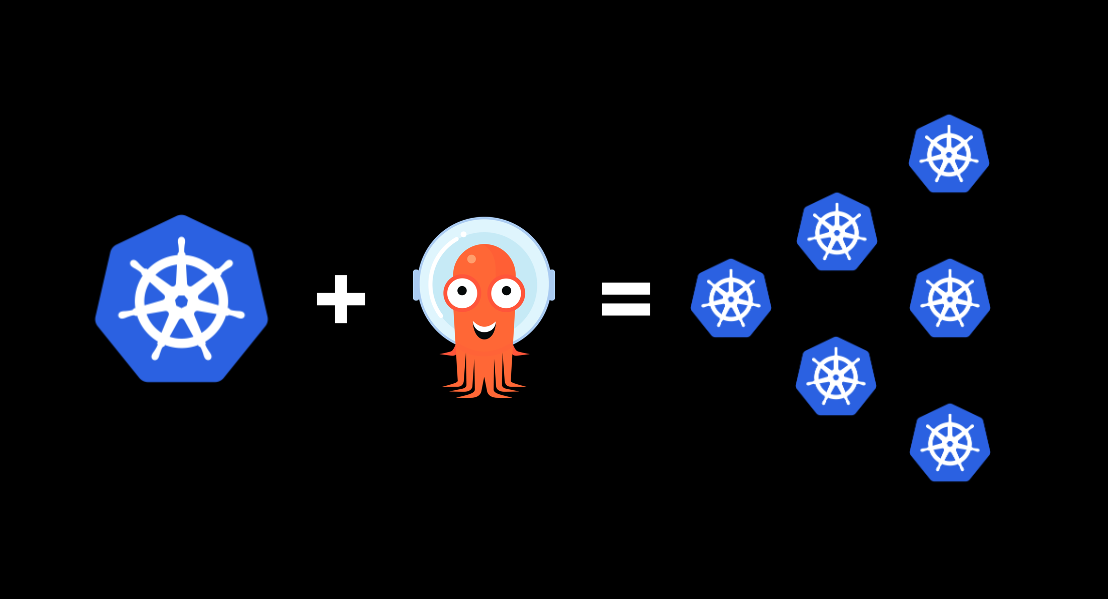Argo is an open-source container-native workflow engine for Kubernetes. It was introduced by Applatex (owned by Intuit), which offers Kubernetes services and open source products.
A robust workflow engine, Argo enables each step in the workflow to be implemented as a container. It also supports artifact management for linking the output of any step to subsequent steps.
Argo is an open-source container-native workflow engine for Kubernetes
Argo is a set of tools that can run and manage jobs and applications on Kubernetes. These tools can be used independently, but they are more powerful when they are used together.
The core tools of Argo include Argo Workflows, which supports both DAG and step-based workflows; Argo Events, an event-based dependency manager to trigger workflows and applications; and Argo CD, which is a GitOps-based continuous deployment tool for Kubernetes. It also includes Argo Rollouts, a progressive delivery controller that allows users to implement canary deployments, blue-green deployments, and more.
Using Argo Workflow, developers can create complex job stacks by automating the application lifecycle. They can write the same YAML templates that Kubernetes uses, and these can be applied to a cluster of containers.
For example, a logging workflow can be created by defining the following YAML constructs: Logging (using Elastic Search, Kibana and FluentD), Monitoring (Prometheus and Grafana), Tracing (Zipkin). These configurations are then processed by Argo to create specific deployments, services and cluster roles.
These workflows can then be deployed to a cluster by simply running the Argo CLI. The Argo CLI is an open source tool that supports multiple languages, including Java and Node. However, it is not recommended for use in production because it may not handle large workflows.
In addition, it can be very slow to process large workflows. This is due to the fact that each step of an argo workflow occupies space in etcd. This may lead to the API server crashing if there are too many steps.
To make argo more responsive, we’ve been working with the community to develop a status compression technology that can reduce the size of the status field. This means that a workflow with 1,000 steps will not take up so much space.
Argo’s goal is to provide a solution that makes it easy for developers and operators to collaborate on deploying applications. This helps to ensure that applications are fast, scalable, and reliable.
Intuit, the company that developed Argo, started it because they were struggling to find a solution for implementing Kubernetes-native continuous delivery at scale. They were looking for a way to make it easy to deploy microservices across a fleet of clusters.
Argo is a workflow orchestration layer
Argo is an open-source workflow engine for Kubernetes that allows developers to build and deploy applications on top of Kubernetes. It offers a number of features, including container orchestration and event automation.
It is also a tool that can help manage the lifecycle of applications in an organization. Its features include continuous delivery, synchronization, and user access controls. It can be used in both local and cloud environments and is available on GitHub.
The tool has a simple UI that lets users view workflows and enables them to monitor their status in real time. It also includes a workflow log viewer that displays animations when events are received, and it supports the integration of event sources and sensors.
In addition, it is a cloud-native workflow engine that can be deployed to any Kubernetes cluster using kubectl. It has a built-in data locality optimisation feature that can be customised.
For instance, it can save bandwidth by distributing steps in the order of the nearest zones. The tool can also configure data locality parameters dynamically at runtime, allowing users to change these parameters during execution of the step.
The tool’s UI can also display data from its telemetry reader, which gathers metrics on the execution of a workflow and enables users to view them in an easy-to-read format. These include the time spent in different components, the amount of data transferred between regions, and load spreading.
Moreover, it can be configured to automatically trigger the deployment of resources in multiple clusters. This feature is useful for managing multiple instances of Argo across different environments.
Another feature is that it can be integrated with other tools in an organization, such as Jenkins. This can make it easier to use Argo in an application build pipeline.
Argo’s UI is also customizable to allow users to add their own content. For example, it is possible to customize the UI to display notifications and alerts when certain conditions are met. It also includes a workflow log viewer, which can be accessed via the web UI or the command line.
Argo is a Kubernetes controller
Argo is a Cloud Native Computing Foundation (CNCF) product that enables continuous delivery, automation, and monitoring of Kubernetes applications. The product comprises four components, including Argo CD, Argo Workflow, Argo Rollouts, and Argo Events.
The core component, called Argo CD, is a Kubernetes controller that continuously monitors running applications and compares their live state with the desired state specified in the Git repository. If the live state deviates from the desired state, Argo CD reports and visualizes the differences. Then, it provides facilities to automatically or manually synchronize the live state back to the desired state.
To avoid configuration drift and maintain state traceability, Argo CD requires that all manifest changes be committed to the Git repository. The Git repository becomes a single source of truth for all application deployments and environments. This provides a clean history for all past and current deployments, enabling retrospective investigation.
Argo CD also offers a number of additional features that kubectl does not provide. These include YAML validation, parameter passing, retries and resubmits, suspend and resume, as well as an interface for workflow visualization.
Unlike kubectl, which only supports raw Kubernetes YAML files, Argo CD can also apply YAML manifests from Kustomize and Helm, using the equivalent of kubectl apply -f or a kubectl apply -k. This can lead to issues when resources are not synchronized immediately after applying.
However, the emulation of Kubernetes YAML is designed by the Argo CD creators to be as close to kubectl as possible. Additionally, Argo CD can also use a variety of ordering mechanisms to better reflect Kubernetes YAML order.
In addition, Argo CD is able to apply multiple YAML manifests at once, with the option of splitting them into sync waves and phases. This can help to prevent synchronization problems.
The internal repository service caches the Git repository and generates Kubernetes manifests based on the revisions, tags, branches, and template-specific settings. It then returns them to the corresponding application controller for further processing.
To simplify the process of deploying an application, Argo CD uses conventions for application names and deployment manifests directory locations. These can be derived from the contents of the Git repository, or from the conventions in any other artifact repository that is plugged into Argo CD.
Argo is a GitOps tool
Argo is a GitOps tool that automates deployments by monitoring the cluster and the declaratively-defined infrastructure stored in Git repositories. When there are differences between the two, the tool resolves them to keep applications in sync.
GitOps is a modern continuous delivery methodology that uses a single source of truth to track the configuration of an application. It also reduces the risk of manual errors during deployment by continuously comparing the live environment with the desired state in Git. The result is increased reliability and velocity, fewer downtimes, and other benefits.
As the name suggests, Argo CD is a GitOps tool for Kubernetes that monitors and syncs applications to keep them in synchronization with their defined configuration. It’s open-source and a member of the Cloud Native Computing Foundation (CNCF).
The core component of Argo CD is a repository service that generates Kubernetes manifests from the Git repository. It also provides a Kubernetes controller that compares the applications’ target states with their actual ones and identifies when they are out of sync. The controller then automatically implements corrections where necessary to ensure applications are in synchronization with their desired states.
In addition, Argo CD supports multi-cluster management and rolling back applications to previous working states when required. It also enables application promotion and can be used to manage applications in production environments.
Argo CD is an excellent option for teams looking to deploy and manage applications at scale using a GitOps approach. It’s easy to get started with and offers a UI that makes it easy for developers and DevOps teams to configure their applications.
The tool is built with a UI in mind, and it integrates well with existing CI tools such as Jenkins and CircleCI. It also supports webhooks and allows you to view an application’s status, history, logs, events, and health.
Compared to CLI-first Flux, which does not have a web user interface, Argo CD provides a rich UI for repo configurations, app onboarding, secret management deployment, and practically everything one needs for GitOps-style delivery. It also has a unified deployment experience, and it’s compatible with most major cloud providers.










